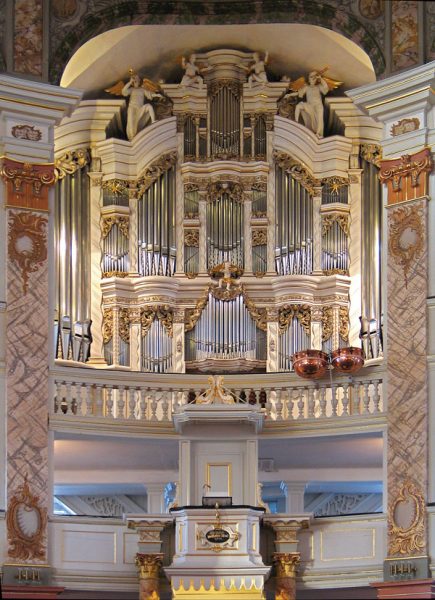Hello from the Southeast! This month, I blog about the biggest source of stress for college students, and how to alleviate it while pursuing a field you love.
As a graduate student nearly finished with this chapter of my education at Mississippi College, I often consider the stark numbers published in a recent issue of The American Organist regarding the number of organ performance majors in the country. It will not shock anyone to hear that the numbers have dropped each year.
This results from a variety of factors, but I hope to address the most stressful aspect of life as an American college student, according to a recent study by Ohio State University: money. Of 19,000 students surveyed, 70% voiced tuition costs and day-to-day expenses as their greatest source of anxiety.
With majors such as visual arts and music topping many unemployment lists, and top music programs for organ performance costing more than $160,000 just to attain a Bachelor’s, it seems inevitable that fewer students enter the field each year. According to the Guild, 90% of available organist jobs are part-time, which may not appeal to students spending up to $300,000 for top-tier graduate schools.
But these numbers don’t tell the whole story.
While I can’t guarantee scholarships or good jobs, I want to dispel the myth that organ degrees are too expensive and don’t “pay off.”
Many young college graduates in a variety of fields struggle to find jobs. According to Business Insider, majors that may appear more practical such as biology, mass media, environmental science, and communications yield the highest percentage of unemployed graduates. In fact, music did not appear on that list.
Although music degrees can require a hefty price tag, many schools have noticed their suffering and increased scholarships accordingly. A degree in organ or sacred music with an emphasis in organ can often qualify for organ-specific endowments.
1. The availability of part-time jobs allows for students to work while in school.
Just recently in my city, five churches were offering part-time and two were offering full-time organ positions. Because Jackson, MS is not nearly as big as other metro areas, the multiple job openings tells me that other cities probably have equally large needs for organists, if not more. All the student organists I’ve known have been steadily employed on Sundays and Wednesdays since sophomore year of my undergraduate degree—a direct result of beginning to learn the organ in my freshman year.
Many students across other work fields pick up minimum-wage jobs that require more hours, and often inflexible, but part-time church work tends not to interfere with school. A colleague of mine didn’t study the organ until nearly the end of undergraduate career, but picked up a job that fits his schedule within a short time of moving to MA.
2. Organ degrees often provide transferrable skills.
As one of my fellow AGOYO-SE board members pointed out, many music majors who don’t find full-time jobs in music after graduation generally succeed in non-music fields. The discipline, flexibility, and resourcefulness that accompanies an education in organ will transfer to other employment opportunities. Within the field of music, organists can also compose, arrange, lead choirs, write liturgy, cantor, teach, and the list goes on.
While majoring in organ doesn’t mean that everyone will acquire every one of those additional qualities, it is likely that an organ degree will provide instruction in at least some of those areas.
3. An in-state or smaller school can offer unique opportunities.
Everyone wants to attend the most prestigious schools, but this can result in overcrowded practice organs with outrageously low availabilities. Schools that don’t offer doctoral programs also tend to have fewer TAs, and thus eliminate the issue of dealing with an inexperienced assistant for classes like theory or aural skills. Similarly, smaller classes sizes can allow professors more time to thoroughly evaluate lengthy assignments.
Out-of-state tuition is responsible for some of the worst price tags, and nearly every state has at least one option for aspiring organists. If you live in the Southeast, check out our website database of local organ schools. Save the travel expenses and out-of-state tuition for your Master’s, when you can nab a paying assistantship!
And let’s face it: departments for all majors can become highly competitive in areas where job positions fill quickly, and students are vying for particular professors’ studios. Smaller colleges promote camaraderie with less local competition. In a time when mental health among undergrads and graduate students is notoriously low, a welcoming and unified student body is essential to a positive experience.
There’s more than one way to receive a substantial music education, and even more ways to offset tuition.
No matter what path you choose, there are probably more options than you think. In the post-Recession economy, the idea of following one’s dreams may seem impractical, but I knew from a young age that I wanted to make music in the church. The three above points are just some of the ways that can offset the cost. There are many myths surrounding a major in music, especially organ, but I hope this article has put at least some of them to rest.
–Amy Lauren Jones, SE blog coordinator
The Cost of a Career was originally published on the Southeast AGOYO blog.
